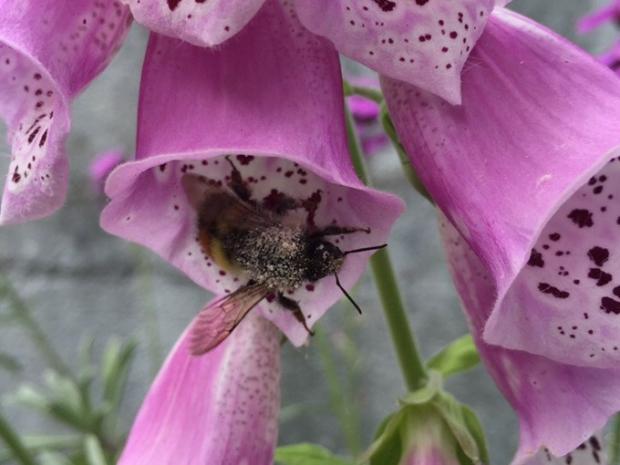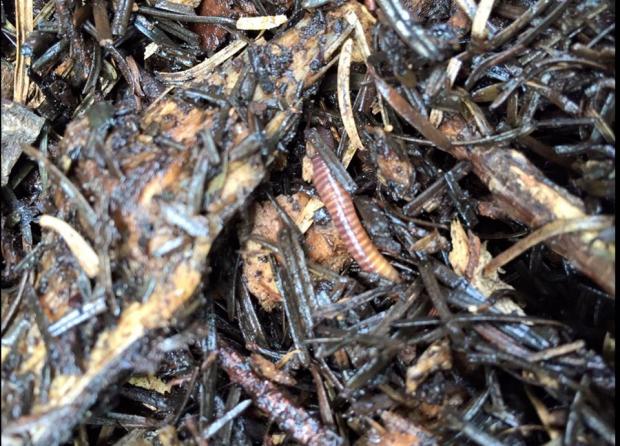
Increasing Biodiversity in the Garden – notes from our recent lecture by Egan Davis
Currently, it’s considered desirable to bring a bit of wildlife into city gardens; to look at the ecological role of trees & shrubs; to consider native species which are adapted to local growing conditions; to provide a varied habitat for pollinators and birds.
Egan showed a number of slides with plants in natural habitats, where numerous species grew together in only a few square metres and yet nothing outgrew the others; the “planting” was stable from year to year. These sites included the alpine tundra in northern BC; Harewood Plains, Nanaimo; Eurasian steppe, Romania; coastal dunes, Black Sea; Anza-Borrego, California and many others.
In many of these locations, the ground is sand, gravel or rock, with extreme (wind, salt, hot, cold, etc) growing conditions. These places have a great diversity in species. Where growing conditions are not extreme, like here in our temperate rainforest, the diversity of species is much less.
In our gardens, we do too much cleanup, which:
- exposes bare soil which in turn allows weeds to grow and allows leaching of nutrients & erosion.
- removes the natural source of nutrients: decomposing plant parts & leaf litter.
- removes seed heads which could otherwise be a source of food for birds.
Seed heads can be decorative over winter; dying leaves add colour to the landscape.
To attract birds to our gardens, you need density of shrubs for the birds to safely move through the area, and to provide foraging & nesting materials.
Attracting other wildlife: there is a beaver dam in the heart of Vancouver near Olympic Village.
Attracting insects: bees like blue & yellow colours; butterflies like to have a wide surface to land on like the carrot family; butterflies need protection from wind; double flowers are not as useful for nectar as often the extra petals are modified reproduction parts of a flower; density of flowers is needed for foraging; oregano has built in density with a large number of flowers at once; Steve Reed in Oregon does rotational mowing of lawns with flowers, in drifts of 1/3 every week, in the spring & October... less growth in summer so mowing less.
We need to understand how soil is built: the top layer is organic litter and insects live there and partly breakdown the litter; fungus & bacteria further breakdown organic matter resulting in a humus layer on top of the mineral soil.
Examples of Good Diversity seen in the slides of Peter Korn’s Garden (more inventory of species than UBC); Piet Oudolf’s beautiful pocket gardens in Halmstad around social housing that also provide great habitat for nature; RHS, Wisley’s mass perennial plantings by seed; London’s Olympic Park with a South African meadow, a Eurasion meadow & a North American meadow (easy to do but these meadows require replanting); Hermannshof Gardens in Germany; Heemparken in Netherlands; UBC Botanical Gardens gary oak planting which mimics Vancouver Island.
Sea Blush (Plectritis congesta) is a native annual that germinates in October, grows over winter, flowers in late spring (April) and then dies but self seeds, non-agressively.
notes by: Judy Sullivan, VMG Secretary






